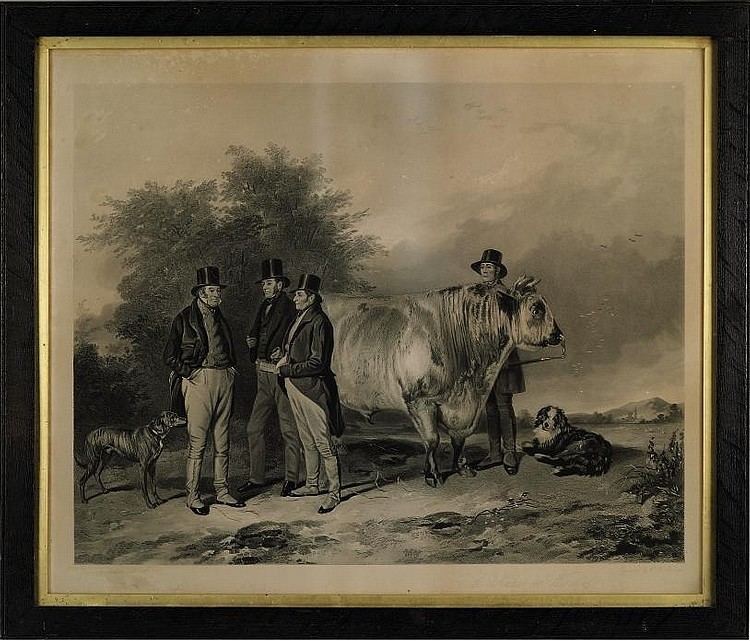Name William Simmons | ||
 | ||
Died 1882, London, United Kingdom | ||
William Henry Simmons (11 June 1811 – 10 June 1882 London) was a mezzotint engraver,
Contents

Life
Simmons became a pupil of William Finden, the line engraver, but eventually he almost entirely abandoned that style of the art for mezzotinto, in which he attained a high degree of excellence.
Simmons died, after a short illness, at 247 Hampstead Road, London, on 10 June 1882, and was buried in Highgate cemetery.
Works
Several of his best-known plates are after pictures by Thomas Faed. After Edwin Landseer he engraved Rustic Beauty (the single figure of a girl from the Highland Whisky Still).
Other works by him are
He engraved also many plates from paintings by Thomas Brooks, Henry O'Neil, George B. O'Neill, George Henry Boughton, Philip Richard Morris, Richard Ansdell, Henry Le Jeune, James Sant, Frank Stone, Edouard Frère, and others.
Simmons left unfinished The Lion at Home,'after Rosa Bonheur, which was completed by Thomas Lewis Atkinson. His engravings appeared at the Royal Academy between 1857 and 1882.
